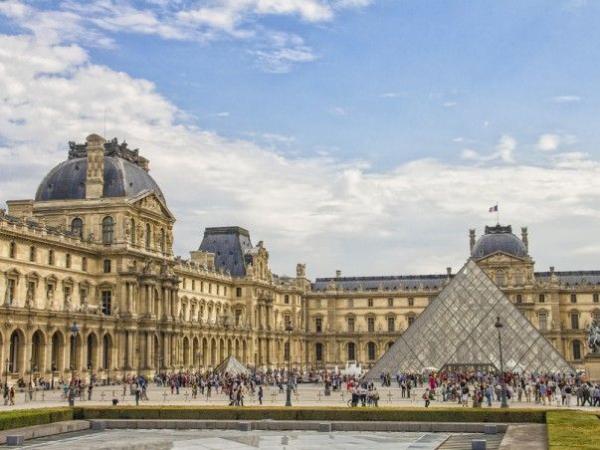The Louvre’s Bold Experiment: 100 Artists Reimagine Its Masterpieces
The results vary from precise replicas to radical reworkings of celebrated pieces by masters like Delacroix, Goya, and Vermeer. A hundred contemporary artists were given a simple yet provocative invitation: "Envision a copy of any artwork from the Louvre’s vast collections." The guidelines were intentionally ambiguous—leaving room for creative freedom. Those who accepted had to transform their imagined versions into tangible works inspired by one of the Louvre’s 35,000 objects, spanning ancient artifacts to 19th-century paintings.
All 100 artists embraced the challenge, each interpreting the brief differently. Their final submissions include paintings, sketches, sculptures, audio pieces, and video works, paying homage to both iconic and lesser-known Louvre treasures. These reinterpretations are now part of "Copyists," an exhibition at the Pompidou Center Metz, created in partnership with the Louvre, running until February 2, 2026.
Curators Chiara Parisi (Director of the Pompidou Center Metz) and Donatien Grau (Head of Contemporary Programs at the Louvre) handpicked artists known for their diverse approaches. "We selected artists we admire—regardless of style, medium, generation, or vision," they stated. "The exhibition isn’t about copying in the traditional sense; it’s an open call for individual expression."
Copying has deep roots in art history, particularly at the Louvre, which has hosted a copyist program since 1793. For centuries, artists honed their craft by studying masterpieces, absorbing techniques that later fueled innovation. But as modern art shifted toward abstraction and rupture, copying fell out of favor. "Contemporary art often rejects tradition in favor of radical new forms," the curators noted.
Yet the tension between imitation and originality remains relevant today. While some artists, like Picasso, famously declared, "Good artists copy; great artists steal," others argue that true creativity emerges from engaging with the past. The "Copyists" project invited artists to navigate this duality in their own ways—resulting in works that curator Parisi describes as "diabolical" in their ingenuity.
"The interpretations were astonishing—paintings transformed into sculptures, classical works flipped on their heads," she said. Some artists, like photographer Mohamed Bourouissa, embraced copying as foundational to their practice. "I began by copying comic book heroes," he shared. For the exhibition, he reimagined Nicolas de Largillierre’s Study of Hands as a striking UV print on plexiglass and metal.
Others, like Georges Adéagbo, resisted direct replication. His mixed-media collage Louvre Remix incorporates elements from Benin alongside references to Delacroix, asserting his own artistic identity. "Every artist has their own path," he explained. "I don’t copy—I create my own vision."
Meanwhile, some stayed close to tradition. Madeleine Roger-Lacan subverted Ingres’ The Turkish Bath by replacing female figures with passive male nudes, while Jean-Philippe Delhomme offered a near-identical rendition of Goya’s Portrait of the Marquise de la Solana.
At the Metz exhibition, these works flow together, reflecting both the Pompidou’s avant-garde spirit and the Louvre’s historical weight. As Paul Cézanne once wrote, "The Louvre teaches us to see—but we must then find our own voice." This exhibition proves that even in reinvention, the past remains a powerful muse.

